Reading Time: 2 minutes
What images are used to describe Mount Sinai (vv. 18-21) and what images are used to describe Mount Zion (vv. 22-24)?

Reading Time: 2 minutes
What images are used to describe Mount Sinai (vv. 18-21) and what images are used to describe Mount Zion (vv. 22-24)?
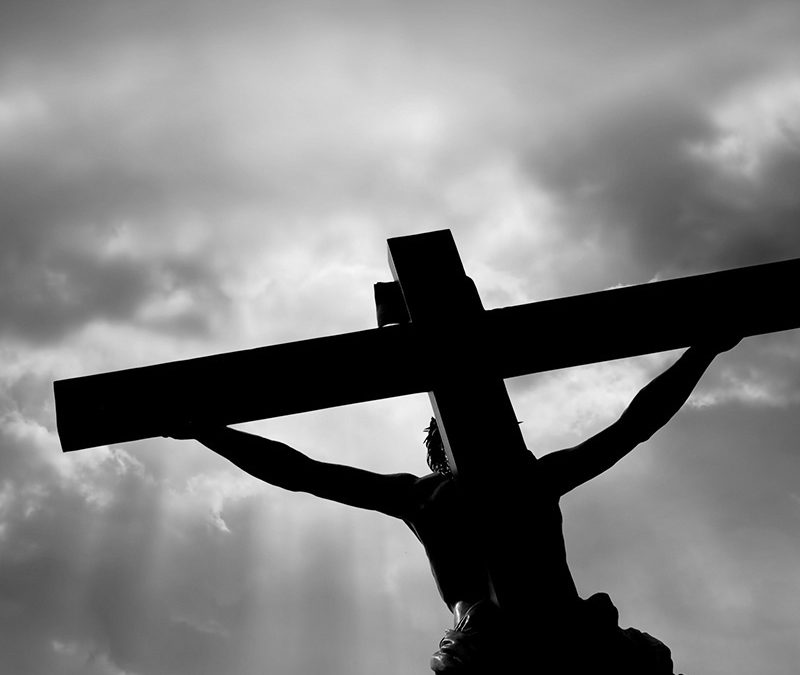
Reading Time: 4 minutes
When Jesus was done, he sat down at the right hand of God. These days, people sit down to work. By contrast, in the ancient world when someone sat down, it meant their work was finished (John 19:30)
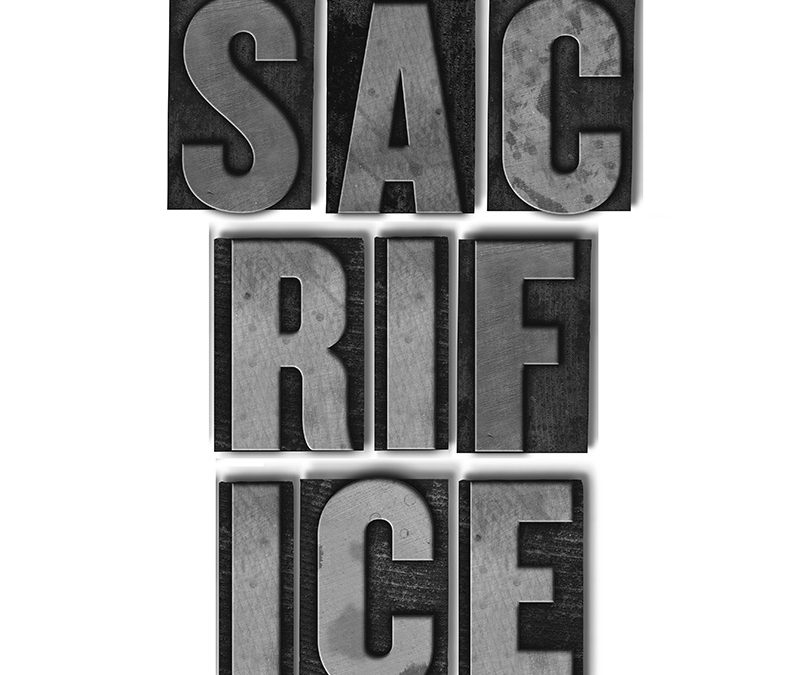
Reading Time: 3 minutes
The word “sacrifice” has been cheapened by overuse, David Faust writes. Is it really a sacrifice to skip dessert or give up gourmet coffee? What does sacrifice mean to us today? Here are three questions to consider . . .

Reading Time: 2 minutes
What can the law do and what can’t it do?

Reading Time: 4 minutes
The writer of Hebrews makes the case that Jesus was superior to everything and everyone, including the ginormous person of Moses. Was Moses in fact a “type” of Christ (Deuteronomy 18:15-18)?
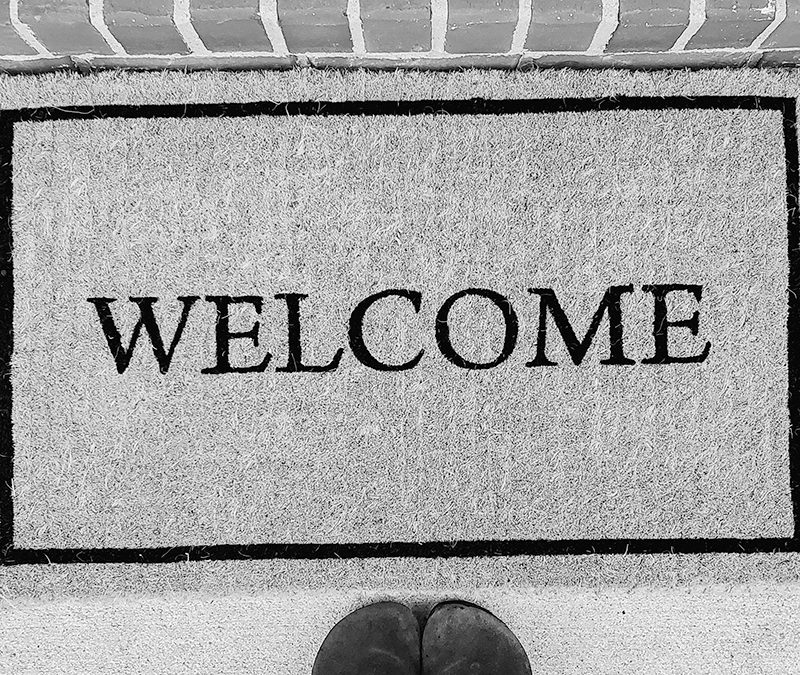
Reading Time: 3 minutes
Referring to the temple in Jerusalem, Jesus said, “My house will be called a house of prayer for all nations” (Mark 11:17). His church puts out a welcome mat inviting sinners like ourselves from every ethnic group to come and join the family.
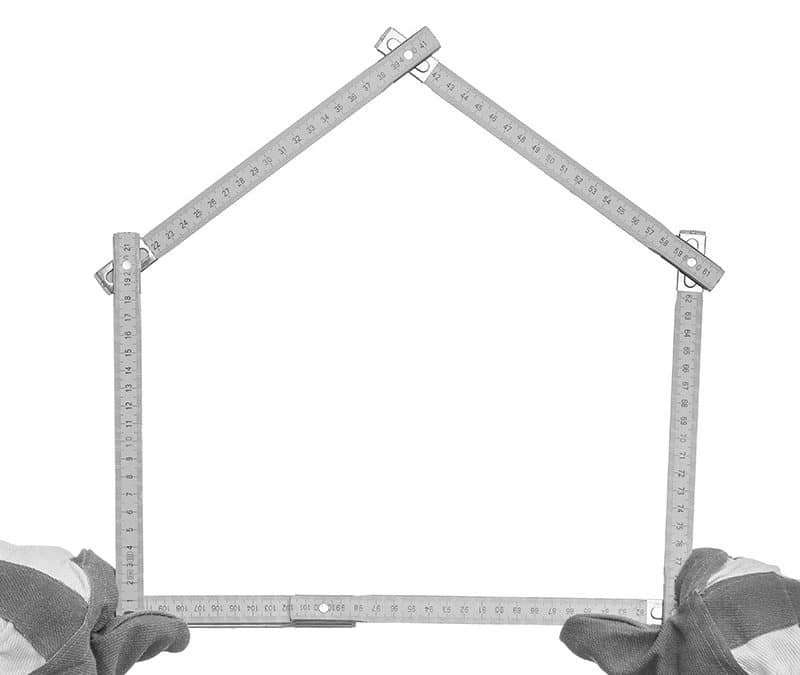
Reading Time: 2 minutes
The writer of Hebrews used the construction of a house (or household) as an analogy. What roles do God, Jesus, Moses, and we play in this house?
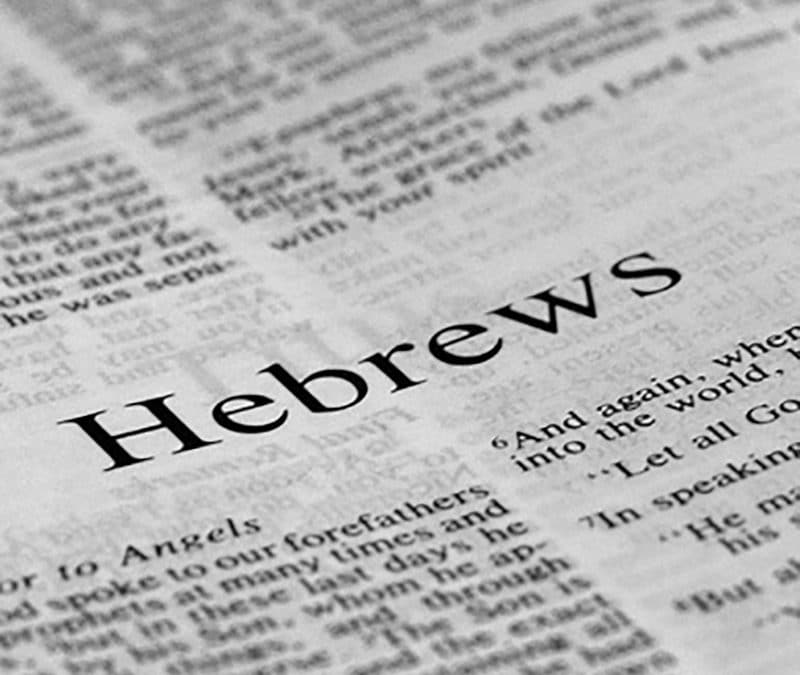
Reading Time: 4 minutes
If Galatians and Colossians addressed a “Jesus-plus” type of faith, then Hebrews addressed a “minus-Jesus” type of faith. Hebrews says that any step away from Jesus is regression. The reason is simple: Jesus is superior to anyone and anything. Four lessons highlight this superiority.

Reading Time: 3 minutes
Many wanted to know, “Jesus, who do you think you are?” However, he turned the question around and asked, “Who do you say I am?” Some compared him to prophets like Elijah or Jeremiah, but Peter gave the most logical answer . . .